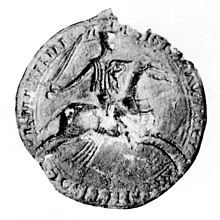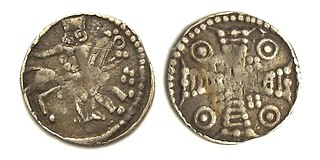
Henry I, named "The Courageous", was a member of the House of Reginar and first duke of Brabant from 1183/84 until his death.
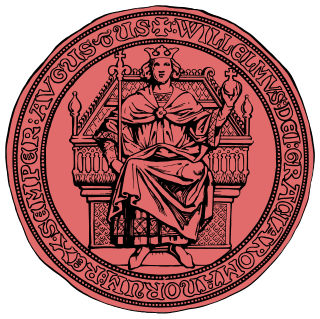
William II was the Count of Holland and Zeeland from 1234 until his death. He was elected anti-king of Germany in 1248 and ruled as sole king from 1254 onwards.
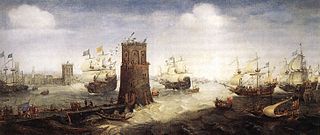
The Fifth Crusade was a campaign in a series of Crusades by Western Europeans to reacquire Jerusalem and the rest of the Holy Land by first conquering Egypt, ruled by the powerful Ayyubid sultanate, led by al-Adil, brother of Saladin.
Floris III was the count of Holland from 1157 to 1190. He was a son of Dirk VI and Sophia of Rheineck, heiress of Bentheim.

Alcácer do Sal is a municipality in Portugal, located in Setúbal District. The population in 2011 was 13,046, in an area of 1,499.87 km2.
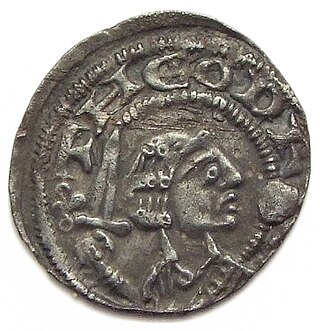
Dirk VII was the count of Holland from 1190 to 1203. He was the elder son of Floris III and Ada of Huntingdon.
Floris IV was the count of Holland from 1222 to 1234. He was born in The Hague, a son of William I of Holland and his first wife, Adelaide of Guelders.
Ada was Countess regnant of Holland between 1203 and 1207, ruling jointly with her husband, Louis II of Loon. She was deposed and exiled by her paternal uncle, William I.

Emo of Friesland was a Frisian scholar and abbot who probably came from the region of Groningen, and the earliest foreign student studying at Oxford University whose name has survived. He wrote a Latin chronicle, later expanded by his successors Menco and Foltert into the Chronicon abbatum in Werum.
Otto I of Guelders (1150–1207) was a Count of Guelders and Zutphen from 1182 until his death in 1207. He was a son of Duke Hendrik of Guelders and Agnes of Arnstein. He married Richardis of Bavaria in 1184. Richardis was a daughter of Otto I Wittelsbach, Duke of Bavaria.

Frisian involvement in the Crusades is attested from the very beginning of the First Crusade, but their presence is only felt substantially during the Fifth Crusade. They participated in almost all the major Crusades and the Reconquista. The Frisians are almost always referred to collectively by contemporary chroniclers of the Crusades and few names of individual Frisian crusaders can be found in the historical record. They generally composed a naval force in conjunction with other larger bodies of crusaders.
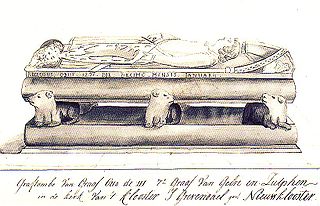
Otto II, Count of Guelders was a nobleman from the 13th century. He was the son of Gerard III, Count of Guelders and Margaretha of Brabant.
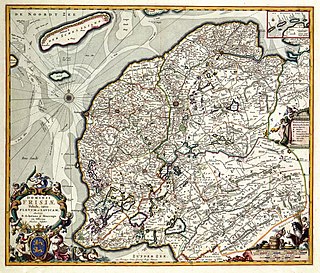
The Lordship of Frisia or Lordship of Friesland was a feudal dominion in the Netherlands. It was formed in 1498 by King Maximilian I and reformed in 1524 when Emperor Charles V conquered Frisia.
Adelaide of Guelders was the daughter of Count Otto I of Guelders and his wife, Richardis, the daughter of Duke Otto I of Bavaria and Agnes of Loon. Also known as Adelaide of Bellich or Alice of Guelders.
De itinere Frisonum is an eyewitness account written in Latin of the Frisian crusaders' journey from Friesland to Acre during the Fifth Crusade (1217–1218). The narrative was composed by an anonymous participant of the venture who most likely was a member of the clergy. Abbot Emo of Friesland of the Premonstratensian monastery of Bloemhof copied it without alterations into his chronicle. Emo's version is the only surviving copy of the lost original and it is kept in the Library of the University of Groningen in the Netherlands. The narrative is noteworthy for its detailed description of the geography of the lands encountered by the Frisian Crusaders on their journey and the author's perspective on the motivations of his compatriots during the venture. The narrative runs parallel up to the Frisian fleet's arrival to Lisbon with the Rhenish text known as Gesta crucigerorum Rhenanorum.
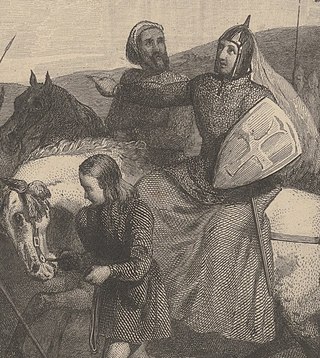
Adelaide of Cleves, also known as Aleid and Adelheid was, by her marriage to Dirk VII, Countess of Holland. She played an important role in the administration during the reign of her husband, during which she served as regent in 1195, and facilitated the marriage and accession of their daughter Ada amid dynastic disputes in 1203.

The siege of Alcácer do Sal lasted from 30 July to 18 October 1217. The well fortified city of Alcácer do Sal was a frontier outpost of the Almohad Caliphate facing Portugal. It was besieged by forces from Portugal, León, the military orders and the Fifth Crusade. The latter were led by Count William I of Holland. The expedition was the brainchild of Bishop Soeiro II of Lisbon, whose diocese was threatened by regular raids from Alcácer. King Afonso II of Portugal did not take part in person, but the city was incorporated into his kingdom after its capitulation. The crusaders who took part in the siege, mainly from the Rhineland and the Low Countries, did so without papal authorization and were afterwards ordered to continue on to the Holy Land.
